Ancient Corinth was a city-state (polis) on the Isthmus of Corinth, the narrow stretch of land that joins the Peloponnese to the mainland of Greece, roughly halfway between Athens and Sparta. The modern city of Corinth is located approximately 5 kilometers northeast of the ancient ruins. Since 1896, systematic archaeological investigations of the Corinth Excavations by the American School of Classical Studies at Athens have revealed large parts of the ancient city, and recent excavations conducted by the Greek Ministry of Culture have brought to light important new facets of antiquity.
Get your dose of History via Email
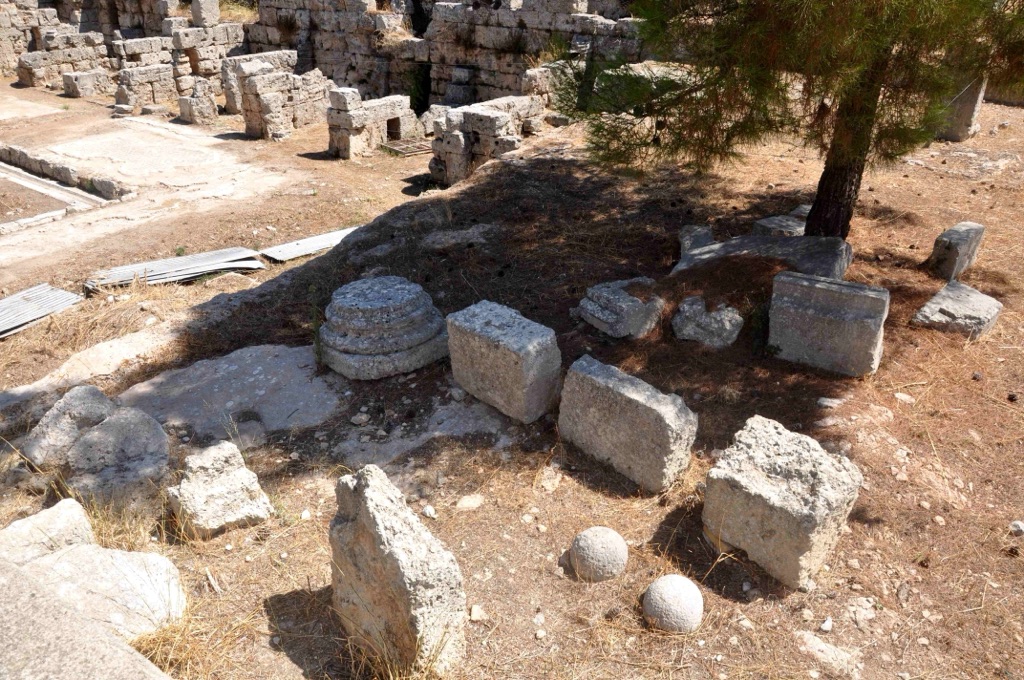
What is the historical significance of Ancient Corinth and what role did it play in ancient Greek civilization?
Ancient Corinth was one of the largest and most important cities of Greece, with a population of 90,000 in 400 BC. The Romans demolished Corinth in 146 BC, built a new city in its place in 44 BC, and later made it the provincial capital of Greece. Corinth’s strategic location, connecting the mainland of Greece with the Peloponnese, and its proximity to the sea, made it a significant commercial hub from the early years.
Corinth was a major participant in the Persian Wars, and was at the forefront of Greek colonization in the Mediterranean. Its cultural and artistic achievements during the 5th century BC also contributed significantly to the development of ancient Greek civilization. It was in Corinth that the Corinthian order of architecture was developed, and it was also known for its distinctive style of pottery.
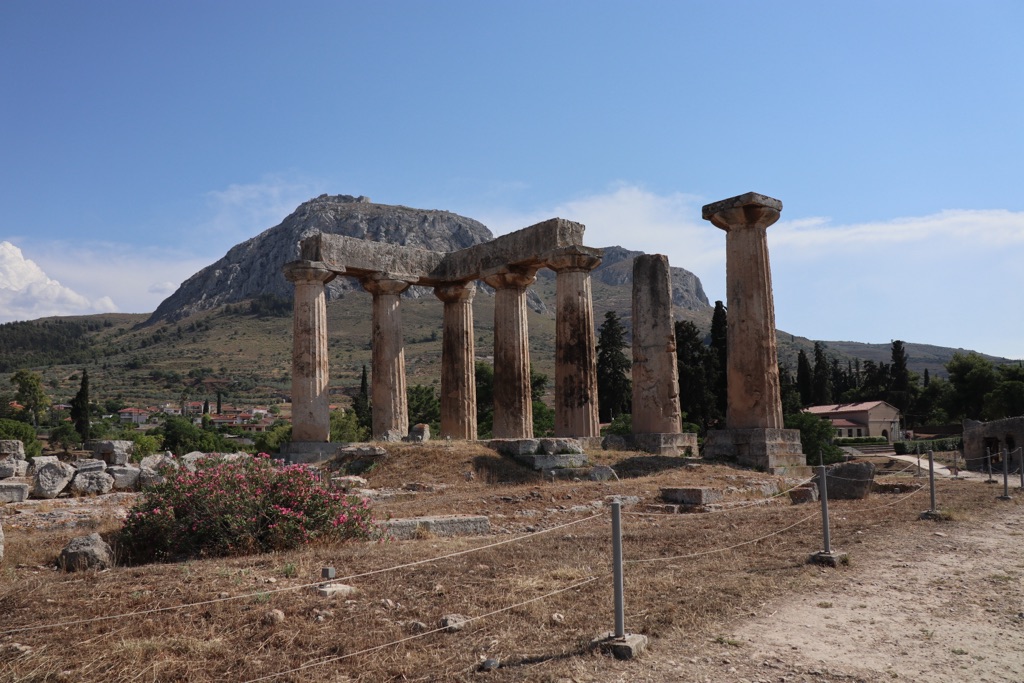
Moreover, Corinth was the city where St. Paul the Apostle lived, worked, and established one of the most important Christian congregations during his stay there around 51/52 AD. His letters to the Corinthians in the New Testament of the Bible reflect the diverse, cosmopolitan nature of the city.
The city was renowned for its wealth, partly because of the fertile land in the area, but also because of the diolkos, a paved trackway which enabled ships to be pulled across the isthmus, thus avoiding the long and dangerous sea journey around the Peloponnese.
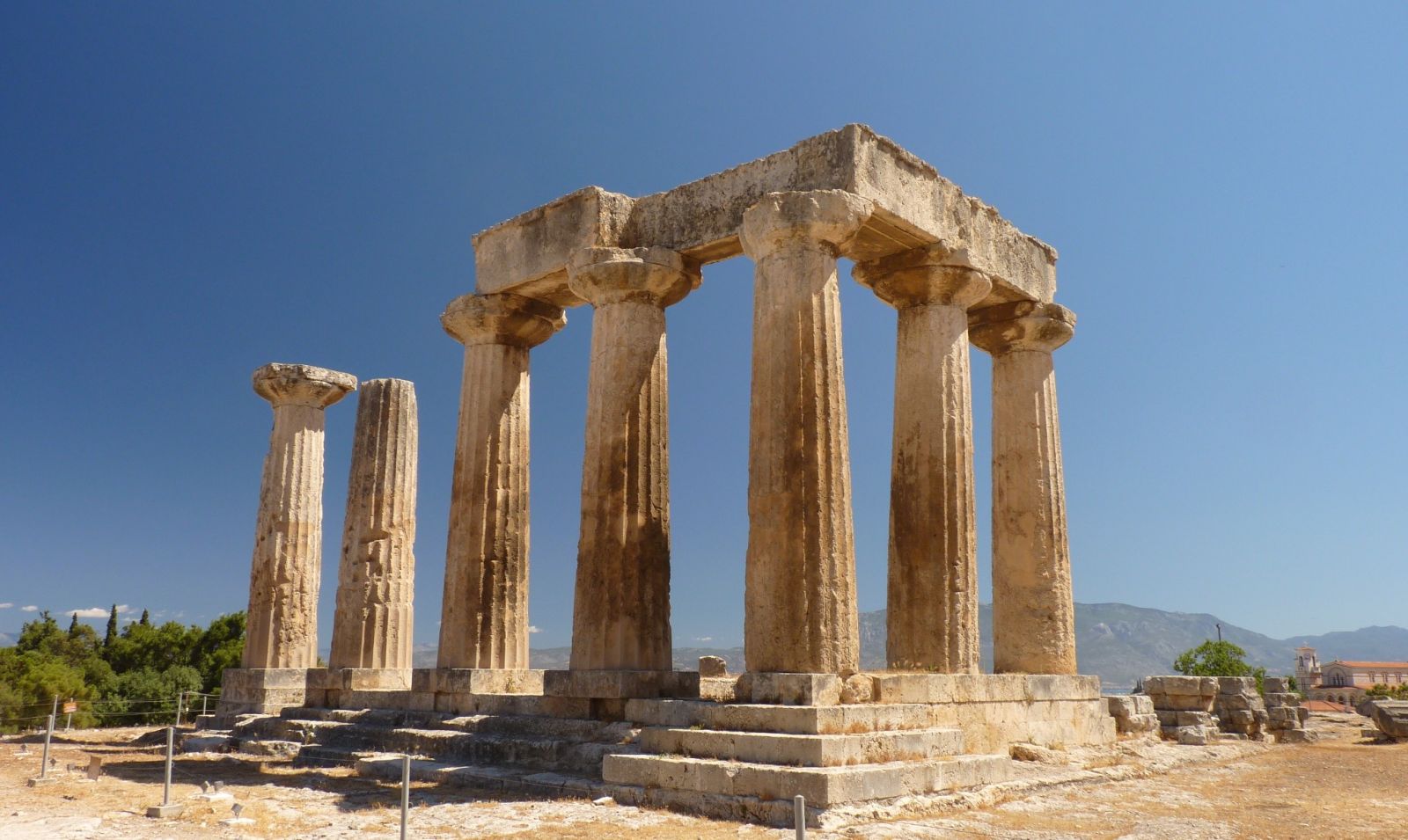
Finally, Corinth was also famous in the ancient world for its temple of Aphrodite, which housed a thousand sacred prostitutes. This notoriety is believed to have contributed to the Corinthians’ reputation for luxury and decadence.
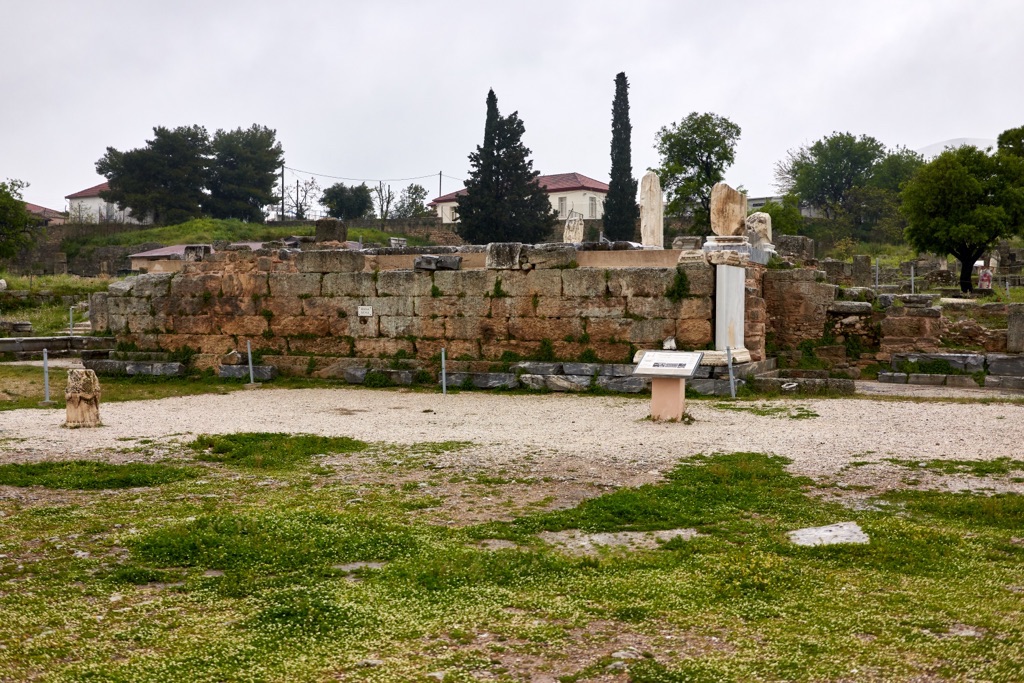
What are some of the key archaeological discoveries that have been made at Ancient Corinth?
Archaeological excavations in Ancient Corinth have unearthed numerous artifacts and structures that provide a glimpse into the city’s rich history. One of the most significant discoveries is the Temple of Apollo, one of the oldest stone temples in Greece, dating back to 540 BC. Its impressive monolithic columns still stand today, a testament to Corinthian architecture.
The Peirene Fountain, an elaborate structure that served as the city’s primary source of water, is another remarkable find. It was carved into the side of the Acrocorinth, the city’s acropolis, and was adorned with beautiful mosaics and sculptures.
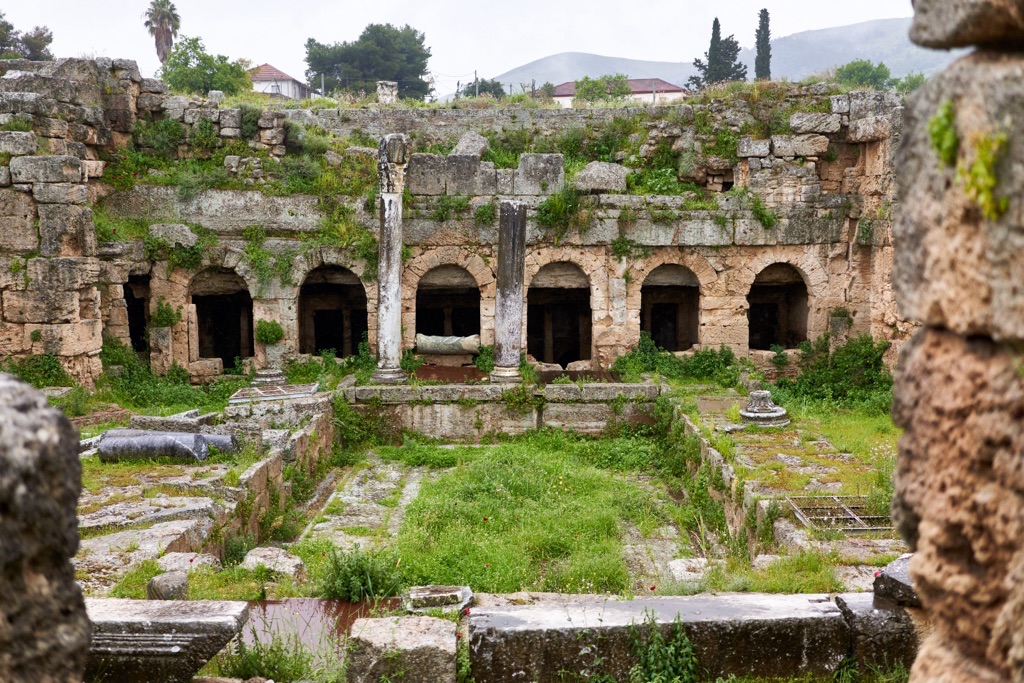
Excavations have also revealed a large forum, or public square, which was the heart of the Roman city. The forum contained shops, temples, and public buildings, and was adorned with statues of various deities and prominent citizens.
The Bema, or speaker’s platform, where St. Paul is believed to have stood trial, has also been unearthed. This significant Christian site attracts many visitors each year.
Archaeologists have also found a wealth of smaller artifacts, including pottery, coins, and inscriptions, which provide valuable insights into the daily life, economy, and culture of Ancient Corinth.
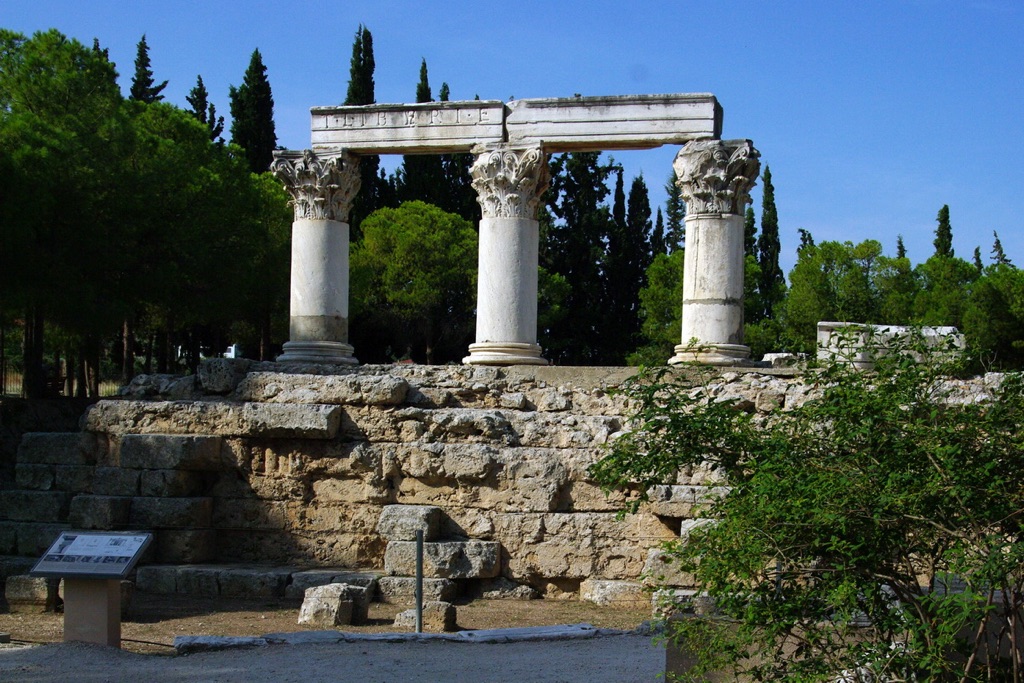
Conclusion and Sources
In conclusion, Ancient Corinth was a city of great historical significance and played a crucial role in ancient Greek civilization. Its strategic location made it a major commercial hub, and its cultural and artistic contributions were considerable. The archaeological discoveries made at the site continue to shed light on the city’s rich history and its impact on the ancient world.
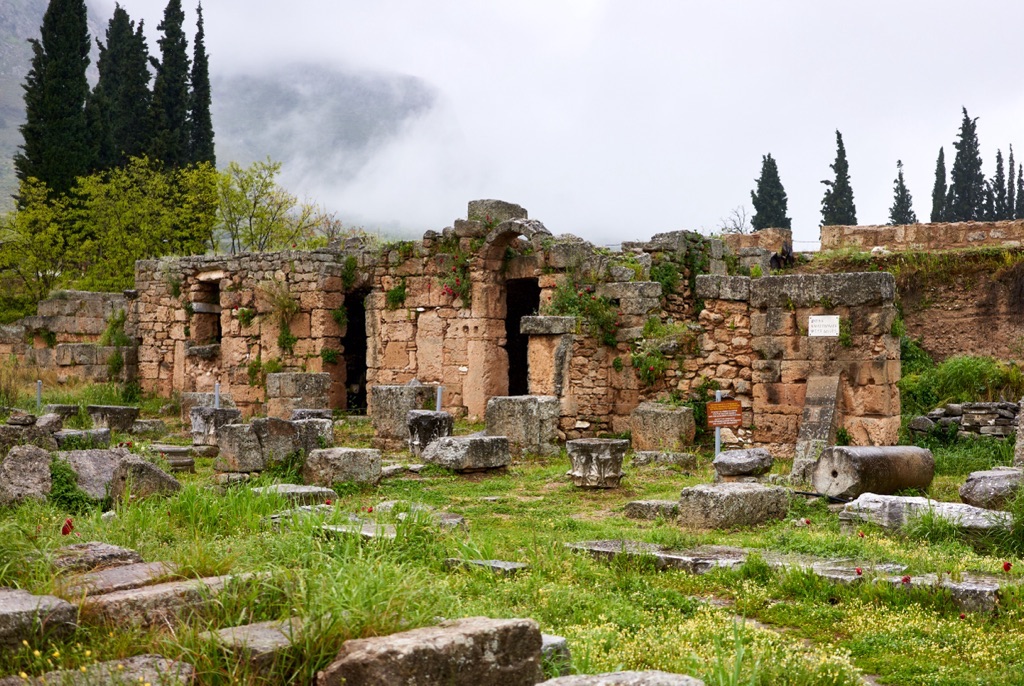
For further reading and verification of the information provided, the following sources are recommended:

